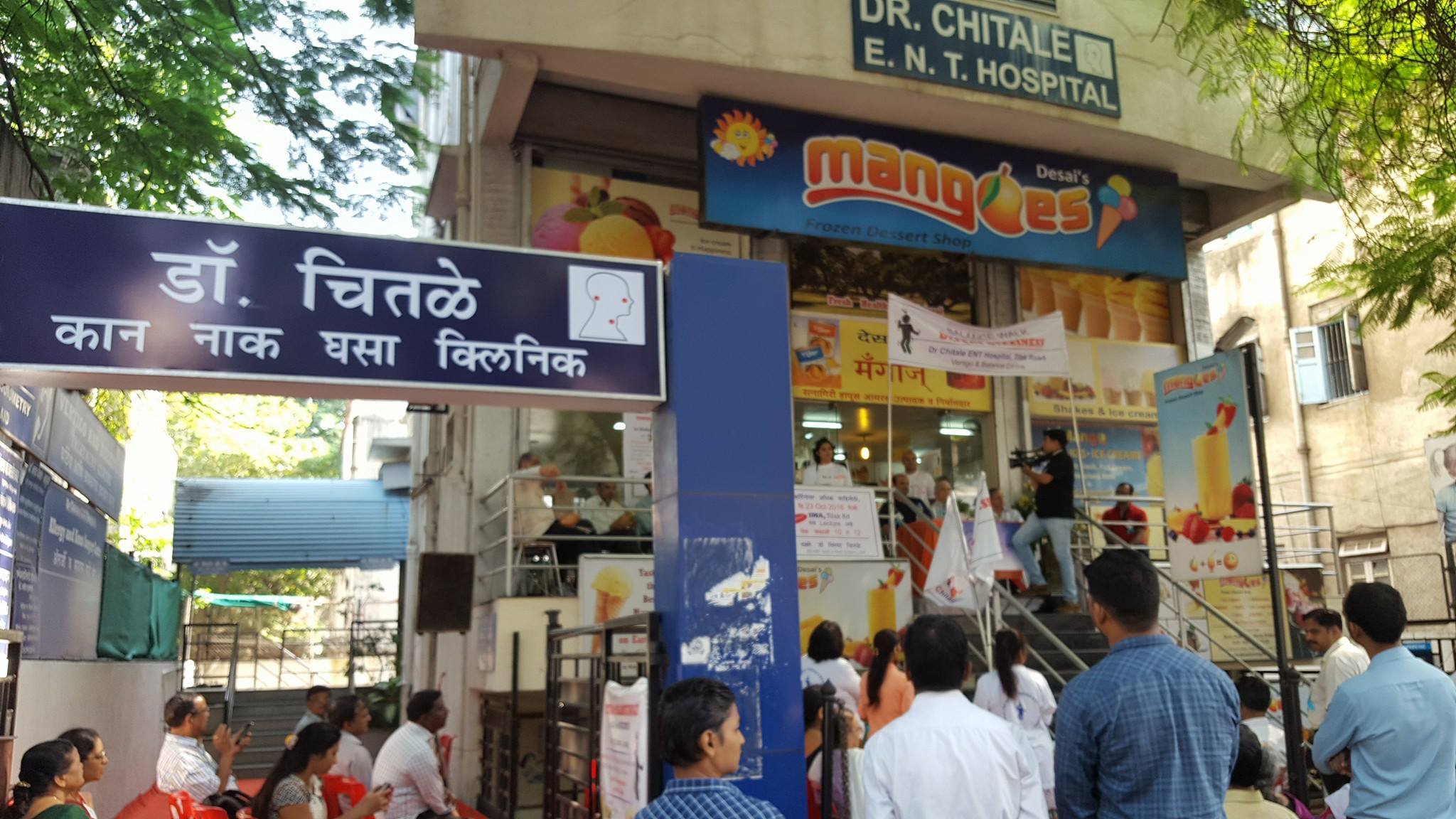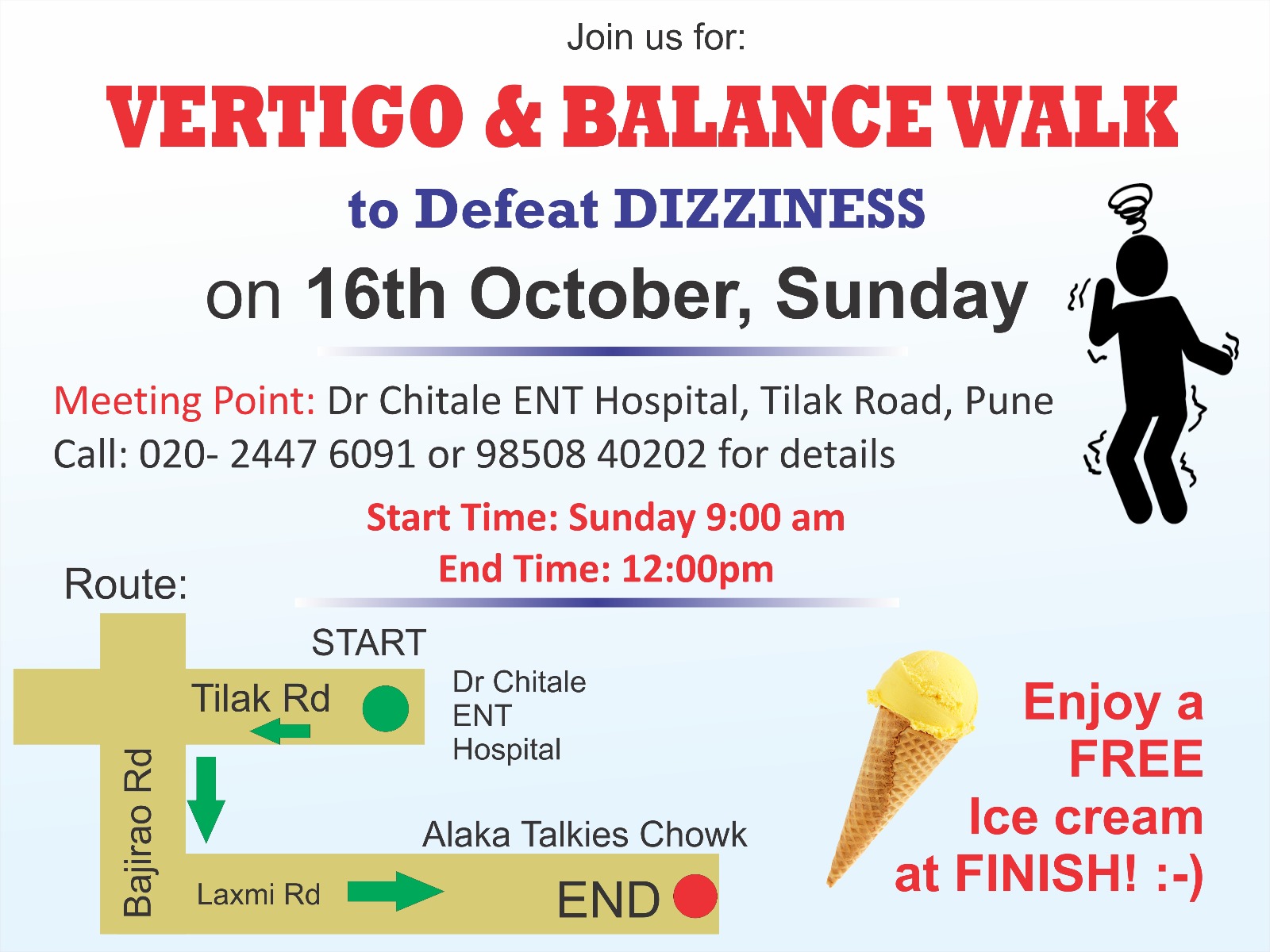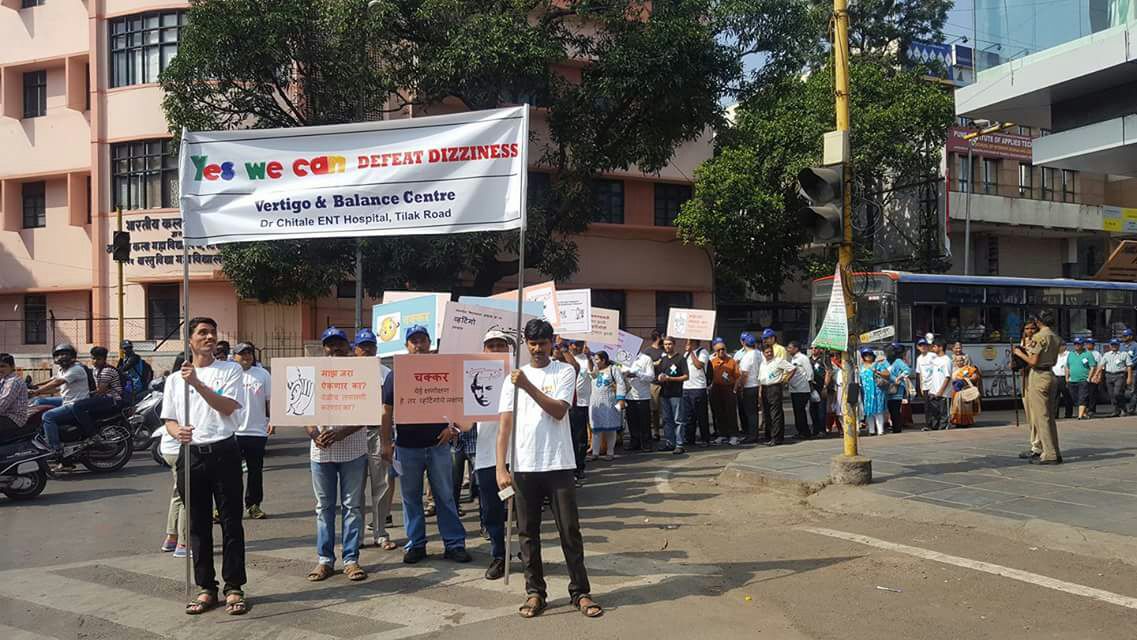Dizziness is a complex symptom and finding its exact cause remains to be a challenge.
Dizziness is a general term used to describe a feeling when something is wrong with one’s sense of balance.
What is vertigo?
Vertigo is used to describe spinning sensation
What is its incidence?
About 40% of our population over 40 years is affected with dizziness. Amongst those 45% is caused by problems with balance systems located in the inner ear.
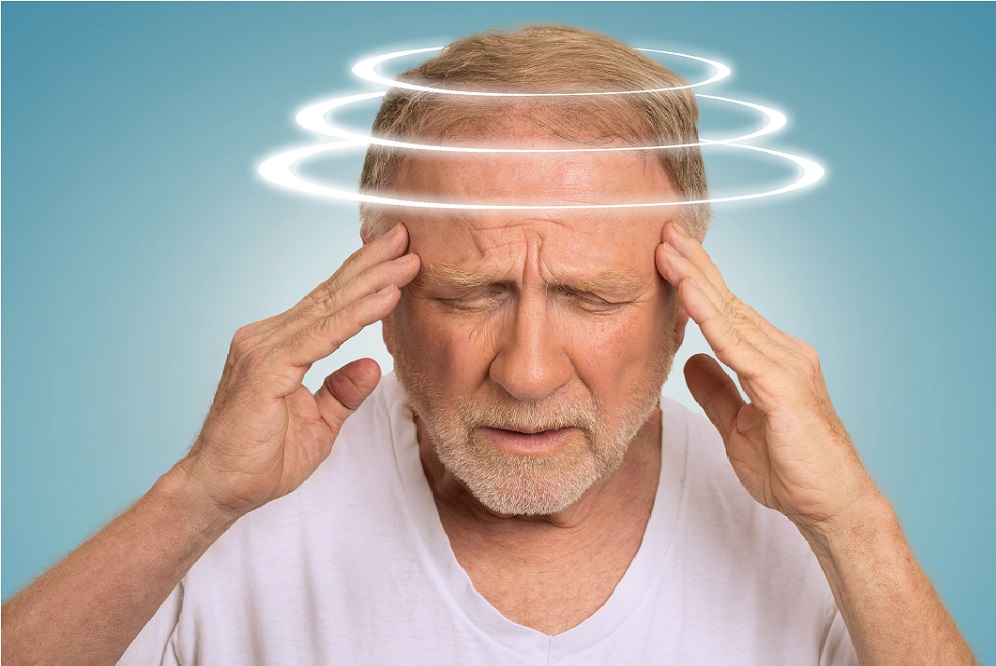
Is vertigo a serious disease?
Vertigo is not a serious or life- threatening condition, however it causes discomfort in doing everyday activities and results into loss of self confidence since it affects every movement of the body. Long standing dizziness can result into secondary symptoms such as muscle fatigue; depression and can affect personal, financial and social life.
What are the causes of vertigo?
Dizziness or vertigo is a very complex symptom that can be arising from variety of conditions. Some medications can have dizziness as a side effect. But in majority of the cases vertigo or spinning arises because of problems in the inner ear. The sensation of being off balance can also be due to vision problems or problems in movement and position detectors (proprioception) in our joints and muscles. In rare cases dizziness can also be caused by anxiety, low blood pressure, neck spasm, migraine, reduced blood supply to balance center in the brain, after head trauma. It can also occur in some central neurological disorders like parkinsonism, multiple sclerosis or after stroke.
How do we make a difference?
Our aim is to reduce uncertainty and anxiety by providing clear and accurate diagnosis. By this we can answer all your questions based on current best practice guidelines. Then we design an indivisualised treatment for every patient to improve their dizziness or vertigo.
How do we treat?
This is a non-medicated treatment that involves a specialized form of exercise-based regimen called vestibular rehabilitation. The most common type is BPPV that can be cured in one setting more than 95% of the time by performing repositioning maneuver. Early intervention and treatment can lead to quicker functional recovery. In order to develop vestibular compensation you should be off any medication that suppresses the balance system. It is very important for the brain to understand the imbalance between the two vestibular systems. Slowly in about 10-12 weeks the brain copes with the error signals thereby regaining the balance control of the body.
Who should you see first for your dizziness?
You could see your GP first. You can get treated with medications to suppress the balance center in the beginning. However, after a few days see an expert at the balance center to determine the exact cause of dizziness
When should you go to the hospital as an emergency?
If your symptoms are associated with severe headache, weakness in your arms and legs, fainting, chest pain, facial numbness, slurred speech, double vision go to the nearest hospital.
What can you do to avoid a recurrent attack of dizziness/ vertigo?
Stay hydrated, avoid caffeine and tobacco, keep active, practice yoga, and avoid getting into crowded spaces with lots of people moving about. Looking at a fixed object will improve the vertigo arising from the inner ear.
Do you completely recover from dizziness arising from the inner ear?
Yes. Don’t suffer in silence. Nearly all people with dizziness and balance problems can make substantial recoveries and carry on with their lives. Medications to suppress your dizziness and sedatives and are only known to prolong your symptoms not cure it. Medications should only be used as initial treatment not as everyday treatment
What are the main parts of the balance system ?
The main parts of the balance system are -
What are the parts of the ear?
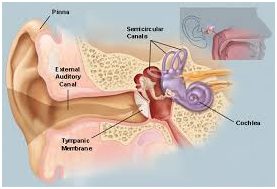
The inner ear (labyrinth) consists of a hearing organ (cochlea) and a balance organ (vestibule). The vestibular system consists of otoliths and semicircular canals. The otolith organs are called utricle and saccule. They sense linear acceleration. The semicircular canals lie in three different planes perpendicular to each other and sense angular acceleration. We have three semicircular canals –horizontal or lateral, posterior and anterior. They are C shaped canals and have dilated ends called ampulla. They contain fluid called endolymph that moves with head movement. The sensory organs in vestibular system sense the direction of movement. The sensory organ in the ampulla is called cupula whereas the sensory organ in the otolith is called macula.Vestibular system is the main sensory system of our body that provides sense of balance and spatial orientation to the brain to maintain balance. Any difference in the in the incoming impulses from the two sides by brain will lead to a sense of imbalance
Sometimes in patients with history of head trauma or in women with osteoporosis free floating particles called otoconia made up of calcium carbonate crystals develop in the utricle. They can then migrate into the semicircular canals causing disturbance of endolymphatic flow leading to a whirling or spinning sensation that lasts for few minutes. This occurs mostly when the patient is rolling in bed or getting up or looking up or down .This is called BPPV.
BPPV is a benign paroxysmal positional vertigo that lasts for few seconds to minutes. Once we identify which canal is affected it can be completely treated by repositioning maneuver.
Is Meneire’s disease very common?
Meneire’s occurs in about 1 in 100 dizzy patients. It consists of spinning for hours to days, aural fullness, tinnitus and loss of hearing on the side of the lesion. We have designed a non medicated treatment approach that consists of intratympanic high dose dexamethasone for mild cases to prevent hearing loss and low dose gentamicin injection for severe cases with sensorineural hearing loss.
What are the goals of Vestibular Rehabilitation?
What can be treated with vestibular rehabilitation?
Decreased muscle strength, loss of range of motion and increased tension in and around the joints of the neck and shoulder regions. This can further result in headache, muscle fatigue and degenerative changes within the cervical spine commonly referred to as "cervical spondylosis." This can further lead to difficulty at work and loss of confidence in self and growing dependency on others.
In future we plan to conduct vertigo and balance camps in rural and slum areas.
